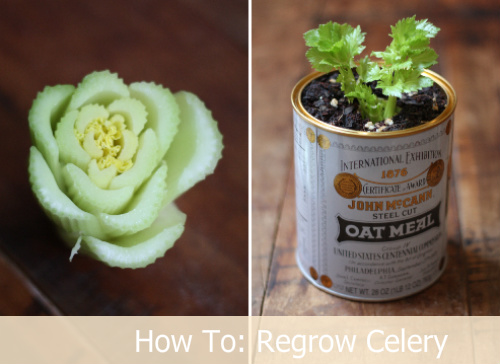http://is.byu.edu/site/courses/free.cfm
About Our Free Online Courses
Our free online courses offer a variety of classes from self-improvement, to academic subjects. While free courses are not for credit, they’re a great way to learn something new at no cost to you! So whether you’re looking to better understand personal finance, learn how to build your family tree, or just try out our site before enrolling, our free courses are a valuable resource.Recommended Free Courses
- FAMLF 071 — Strengthening Marriage and Family: Proclamation Principles and Scholarship
- MUSIC 071 — Organ Performance, Level 1, Self-Study
- PFIN 070 — Marriott School of Management: Personal Finance
- NT 071 — The New Testament
- CIT 070 — The Citizen's Guide to American Politics
Family History / Genealogy — Introductory
FHGEN 070 — Introduction to Family History ResearchFHGEN 075 — Writing Family History
FHGEN 080 — Helping Children Love Your Family History
Family History / Genealogy — Record Type
FHREC 071 — Family RecordsFHREC 073 — Vital Records
FHREC 076 — Military Records
Family History / Genealogy — Regional and Ethnic
FHFRA 071 — French ResearchFHGER 071 — Germany Research
FHHUG 071 — Huguenot Research
FHSCA 073 — Scandinavia Research
Family Life
FAMLF 071 — Strengthening Marriage and Family: Proclamation Principles and ScholarshipFAMLF 072 — Free! Building A Functional Family: Essential Elements
FAMLF 075 — Dating: Romance And Reason
Family Life — Parenting
PARNT 074 — Rearing Responsible and Righteous Teens in a Wicked WorldPARNT 075 — Developing Self-Reliant People
Gardening
GARD 071 — Planning And Preparing Your GardenGARD 072 — Growing Vegetables, Fruits, And Nuts
History and Government
CIT 070 — The Citizen's Guide to American PoliticsMathematics
MATH 071 — Basic Arithmetic, Part 1MATH 072 — Basic Arithmetic, Part 2
MATH 073 — Basic Arithmetic, Part 3
MATH 074 — Basic Arithmetic, Part 4
Music
MUSIC 071 — Organ Performance, Level 1MUSIC 072 — Organ Performance, Level 2
Personal and Family Finance
PFIN 070 — Marriott School of Management: Personal FinancePFIN 075 — Student Finance
Personal Development
ESL 071 — English as a Second Language--Chinese SpeakersESL 072 — Basic English for Spanish Speakers
PDEV 075 — Self-Discipline
PDEV 076 — Honesty
PDEV 077 — Trust
PDEV 080 — Study Skills
Recreation
REC 076 — BowlingREC 077 — Intermediate Swimming
Religion - LDS Temples
TMPLS 071 — Temples Past and PresentReligion - Missionary Preparation - Youth
MISS 071 — Preparing to Serve the LordReligion - Teachings of the Living Prophets
PROPH 071 — The Living ProphetsReligion - The Book of Mormon
BM 071 — 1 Nephi 1 through Alma 30BM 072 — Alma 30 through Moroni
Religion - The Doctrine and Covenants
DC 071 — Sections 1 through 87DC 072 — Sections 88 through Official Declaration 2
Religion - The Joseph Smith Translation
JST 071 — The Jospeh Smith Translation of the Bible, Part 1Religion - The New Testament
NT 071 — The New TestamentNT 072 — The New Testament
NT 080 — The Writings of John: The Gospel
Religion - The Old Testament
OT 071 — Genesis 1-50Spelling
SPELL 071 — Contractions, Capitalization, and 'ei/ie' WordsSPELL 072 — Word Endings And Plurals
SPELL 073 — Word Pairs


































